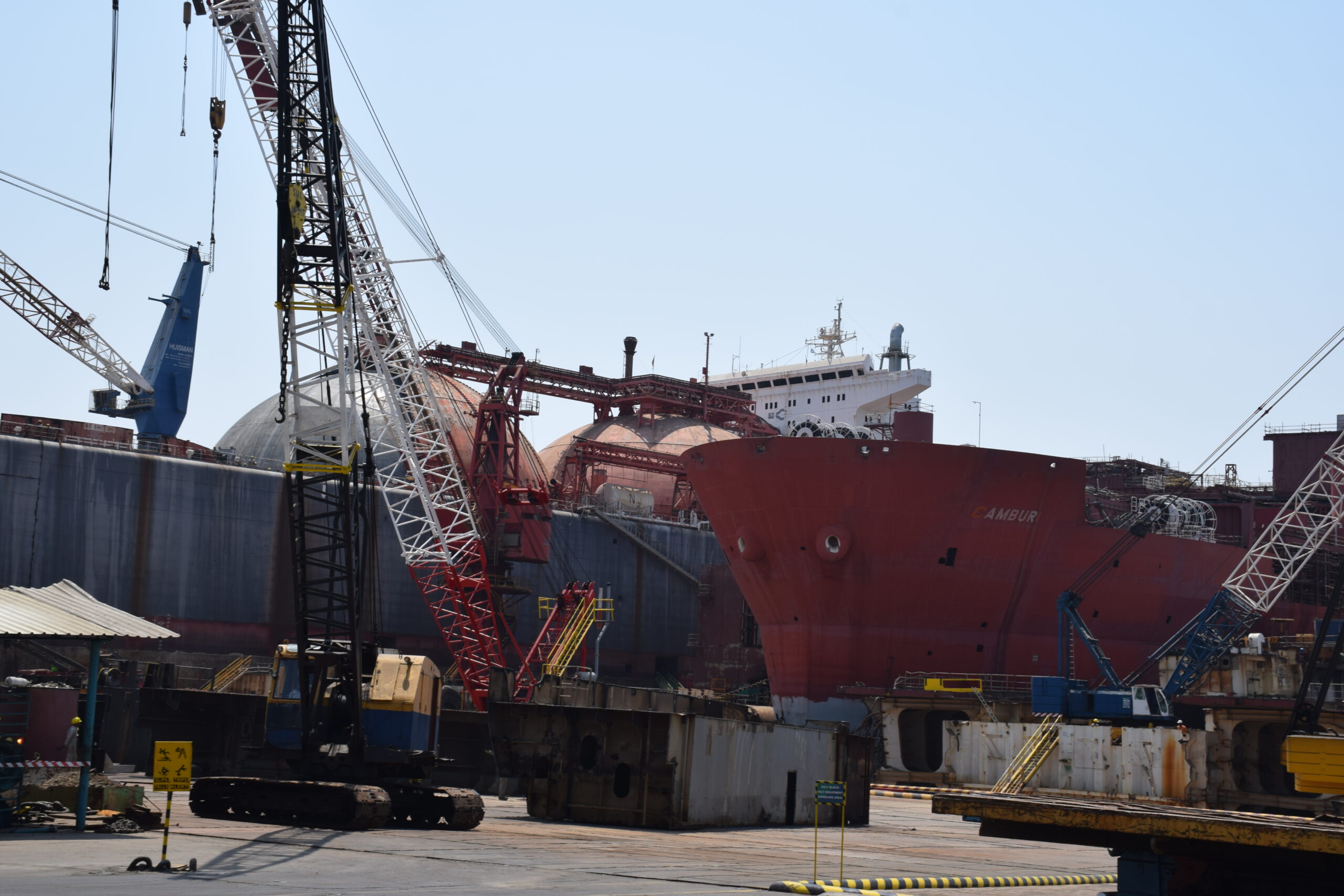Impact of Red Sea Disruptions on Global Trade: Insights and Implications

India Ratings and Research (Ind-Ra), a subsidiary of the Fitch Group, predicts that ongoing disruptions along the Red Sea route could significantly raise freight and forwarding costs for businesses involved in international trade. They estimate this increase to be around 25-30%. Additionally, the working capital cycle, particularly crucial for industries like agriculture and textiles, is expected to worsen by 15-20 days due to ongoing trade issues stemming from the Red Sea crisis.
The crisis initiated when Yemen’s Houthi group launched attacks using drones and missiles on commercial ships in the southern part of the Red Sea. Consequently, many logistic companies have halted operations in the region and are opting for longer routes to reach destinations in the Middle East and Europe.
Ind-Ra also highlights that while large entities may have some leeway to absorb these additional costs, there will still be pressures on cash flow, leading to increased borrowings, especially for sectors like iron and steel, auto and auto ancillaries, chemicals, and textiles, which have witnessed a rise in net leverage.
Soumyajit Niyogi, director of the core analytical group at Ind-Ra, emphasized the significant challenge for entities with low value addition and thin margins. He noted that although larger entities might have some capacity to manage increased costs, delays and disruptions in supply chains remain critical factors to monitor.
For medium-sized entities, the challenge is even more complex, affecting both costs and supply chains, further impacting their working capital cycle. These entities have not benefited much from the softening of commodity prices, resulting in sluggish free cash flow.
The immediate impact of these disruptions is evident in the significant rise in freight rates, soaring by 150% in the past 45 days, according to the rating agency.
The Red Sea route constitutes a substantial portion of India’s total oil imports and exports, making up 40% and 24% respectively during April to October 2023. Major shipping lines have rerouted vessels around the Cape of Good Hope, leading to increased time and costs for both exports and imports.
This detour adds 12-15 days to voyages, and any sudden operational challenges could further delay shipments, exacerbating the situation. Around 80% of India’s merchandise trade with Europe passes through the Red Sea, impacting key products such as crude oil, auto & auto ancillaries, chemicals, textiles, and iron & steel.
The crisis has also led to higher shipping costs for Indian exports due to rerouting. As per the commerce ministry’s report, approximately 95% of vessels have rerouted around the Cape of Good Hope, adding significant mileage and days to journeys.
While container availability has not been a concern, the combined impact of higher freight costs, insurance premiums, and longer transit times could significantly raise the prices of imported goods, affecting various sectors of the Indian economy.
The disruptions have also resulted in increased costs for importing crucial commodities like crude oil, fertilizers, and electronic components, contributing to inflationary pressures on different sectors of the Indian economy.
Despite these challenges, the Export-Import Bank of India (India Exim Bank) forecasts a 3% growth in India’s merchandise exports in the final quarter of FY24, underscoring resilience amidst the ongoing disturbances in the Red Sea.
Author: shipping inbox
shipping and maritime related web portal








